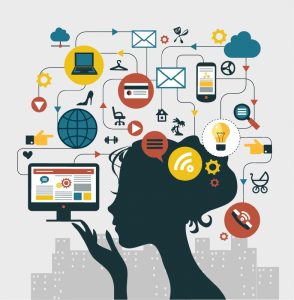
You could say we've been working toward the internet of things (IoT) since computers were first invented. Look at how airplanes have changed from flying by wire to now, quite literally, flying by IoT (or connected plane).
The connected car is another example of how big data analytics is the driving force behind the application of all things IoT. This is why I believe big data analytics had to evolve first, prior to tackling all the cool issues, services and products being driven by IoT.
Looking back through history, you could say that past "IoT" issues were addressed with the technology available at the time, including: the telegraph, telephone, traditional car, the Turing machine vs the German Eniac -- up through present day applications like smart grid, the digital oil field, smart (connected) car, smart appliances, connected factory, connected house, smart building, smart city, etc.
IoT is a driving distributive force because it's bringing, and will continue to bring, change, just like analytics. That makes sense because analytics is the key component for implementing better automation and deriving insights and decisions out of the massive amount of big data and streaming data we can now store and analyze to help drive actions in real-time or near real-time.
But what ultimately drives analytics and IoT is not the computers/robots/sensors or automation. At the heart of all this technology are the people who are necessary to achieve and make use of it all. As two of my colleagues, Tamara Dull and Anne Buff, have previously written to be successful with big data and analytics you need to make sure you get the right people on the bus. I would say this applies to being successful with IoT projects as well. Learn more by downloading their white paper: Getting the Right People on the Big Data Bus.
